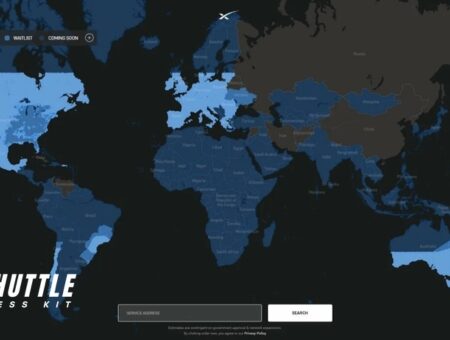Are you tired of slow internet ruining your day? Wonder no more; swift and reliable connectivity might just be a satellite away! This article is your fast-lane ticket to discover whether the high-speed Starlink internet service by Elon Musk’s SpaceX is ready for you.
We’ll guide you through understanding this stellar technology, checking if it’s available where you live, and help you make an informed choice about switching.
Starlink Internet has been rapidly expanding its coverage across the globe. If you’re wondering “Is Starlink Available In Your Area?”, it’s likely that this modern marvel may already be overhead or coming soon.
To find out if you can join the revolution of space-based broadband, simply visit the Starlink website and enter your address—this will reveal if your home is part of the growing network under Starlink’s constellation of satellites.
Availability Timeline of Starlink Internet Service
Starlink, the high-speed internet service powered by SpaceX’s network of satellites, has realized its goal of wide availability across North America, marking a significant milestone in its mission to provide global broadband coverage.
This remarkable rollout includes comprehensive coverage in all 50 U.S. states, encompassing regions that range from densely populated cities to the remote corners of Hawaii and Alaska.
Additionally, 2023 saw the extension of Starlink’s services to Puerto Rico, offering a much-needed boost in internet connectivity to rural locales on the island.
The advancement towards making Starlink accessible to a broader audience involved eliminating the previously mandatory waitlist for U.S. residents interested in subscribing to their service.
This strategic move ensures that residents living in even the most secluded areas—be it within the vast expanses of the Mojave Desert or nestled amidst the lofty peaks of the Rocky Mountains—now have an opportunity to obtain high-speed internet service through Starlink.
Despite this widespread availability, potential users need to note that their experience will differ based on their specific location within these covered regions.
Factors such as download speeds and latency can vary significantly, influenced by geographical and technical dynamics inherent to satellite-based internet services.
Also Read: What is a Satellite Phone? Uncover the Mystery Now!
Starlink Coverage and Availability Map
Starlink’s internet service covers nearly every corner of North America, but not all spots get the same internet speed. Some places, especially in the western part of the U.S., enjoy faster downloads compared to those in the east.
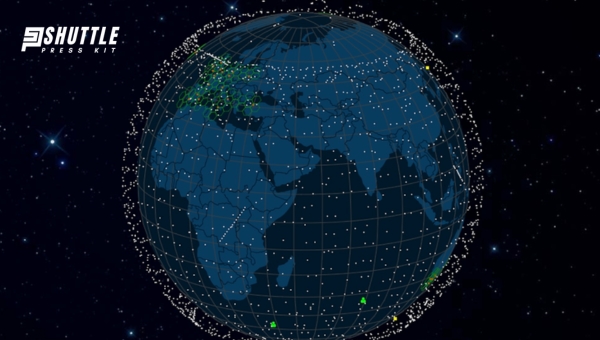
To check how fast Starlink works in your area, you can look at their coverage map online. This map helps you understand if the service meets your internet needs.
Starlink on the Move
Starlink Mobile makes it easy for people who are always traveling, like those living in an RV or driving a truck, to stay connected. This option costs more because it uses special equipment that lets you use the internet even when moving.
However, how well it works depends on where you are at any moment. Sometimes, if it’s not working well enough for what you need, your only choice might be to drive to a new location where it works better.
Keeping connected while moving is a big plus for many people. With Starlink Mobile, staying in touch or managing work online becomes possible from almost anywhere your journeys take you.
Even though speeds can change based on where you are, having access to such a mobile internet service is game-changing for people living a mobile lifestyle.
Starlink Priority Plans
With Starlink Priority Plans, some customers can get faster internet speeds than others. This happens because these plans offer what’s called priority data.
Imagine everyone trying to get water from the same well – if you have priority access, you’re guaranteed to get water first and possibly more of it compared with those without priority access.
Think of Priority Plans as having a VIP pass at a crowded concert; those with this pass get closer to the stage without much pushing through crowds – similarly in this case; ‘priority’ means less wait time and faster loading times for whatever task or entertainment stream one prefers over their connection on busy days or peak hours.
Also Read: What is a Satellite Phone? Uncover the Mystery Now!
Satellite Internet Comparison: Starlink, HughesNet, and Viasat
In the vast arena of satellite internet providers, it’s crucial to weigh the distinctions among the leading services like Starlink, HughesNet, and Viasat. Each provider brings a unique set of strengths to the table catering to different user needs.
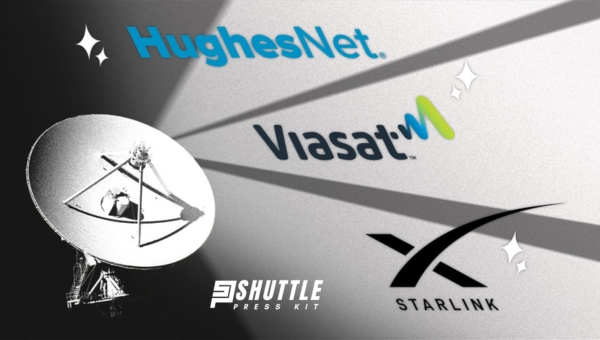
Understanding their differences in terms of pricing, data policies, and speed capabilities can assist you in choosing the right service for your internet requirements.
- Pricing Structure:
- Starlink offers plans ranging from $120 to $500 per month with options extending up to 2TB priority data – catering mostly towards users who prioritize high-speed internet without strict limitations.
- HughesNet presents more budget-friendly monthly plans that lie between $49.99 and $79.99 but with data caps between 100GB to 200GB making it suitable for users with moderate data needs.
- Viasat’s package is priced at $99.99 a month including ‘Unlimited’ data provision which nevertheless is subject to prioritization after a certain usage limit.
- Data Policy:
- Unlike its counterparts, Starlink broadly promotes “unlimited” standard data across most of its plans whereas both HughesNet and Viasat include specific monthly priority data constraints; though Viasat markets an ‘Unlimited’ package that professes no strict cap yet may reduce speed during congestion periods.
- Internet Speeds:
- Speed capabilities are another pivotal aspect where Starlink generally leads by offering download speeds ranging between 20–220 Mbps depending on location and plan selection.
- HughesNet provides steadier but lower speeds in comparison at a range of about 50–100 Mbps while positioning itself as an option for less demanding internet tasks.
- Meanwhile, Viasat aims for a middle ground permitting speeds up to an impressive ceiling of roughly up to150 Mbps contingent on user locality and plan.
Starlink emerges as a standout choice, particularly for those situated in remote areas craving fast-speed broadband similar (or superior) to urban terrestrial offerings.
However, weighing factors such as budget constraints or specific home internet demands might nudge potential subscribers towards considering HughesNet or Viasat as viable alternatives tailored towards different user brackets within the satellite internet category.
Also Read: Starlink Price Revealed: Affordable Internet for Everyone!
How Does Satellite Internet Availability Work?
Satellite internet is a technology that uses orbiting satellites to provide internet connectivity to users across the globe.
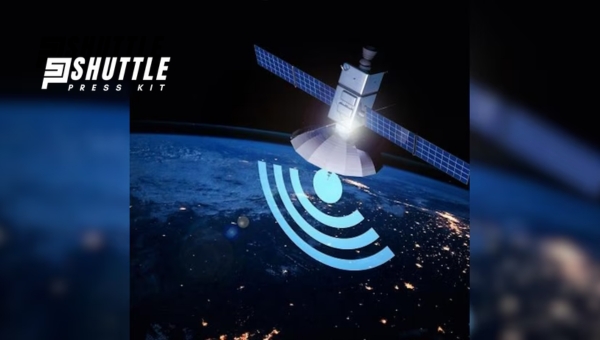
This method of internet delivery is particularly valuable in areas where traditional, land-based broadband connections aren’t feasible. Here’s a simplified overview of how satellite internet availability works:
- Orbiting Satellites: The core of satellite internet involves satellites that are positioned in the Earth’s orbit. These satellites are strategically placed to cover vast areas, ensuring that even remote locations can access the internet.
- Transmission of Signals: Internet data is transmitted through signals sent from a provider’s ground station up to the satellite and then down to the user’s satellite dish receiver. This process allows for two-way data communication between the user and the internet.
- User Equipment Installation: To receive satellite internet, users must have a compatible satellite dish installed at their location with an unobstructed view of the sky. This dish communicates directly with the orbiting satellites.
- Service Plans and Availability: Availability of service depends on several factors including geographic location, local regulations, and capacity constraints. Providers typically offer different service plans, some of which may be limited by data usage or bandwidth caps based on regional infrastructure.
Understanding these components gives insight into why satellite internet can be made available across diverse environments, making it an essential option for connecting off-grid areas or regions with limited infrastructure developments to the digital world.
Also Read: Starlink Professional Installers Near Me: Expert Service Now
Where is Starlink Also Available?
Starlink, SpaceX’s satellite internet service, aims to offer high-speed internet access across the globe. Despite being a relatively new player in the telecommunications arena, Starlink has expanded its availability significantly since its initial launch.
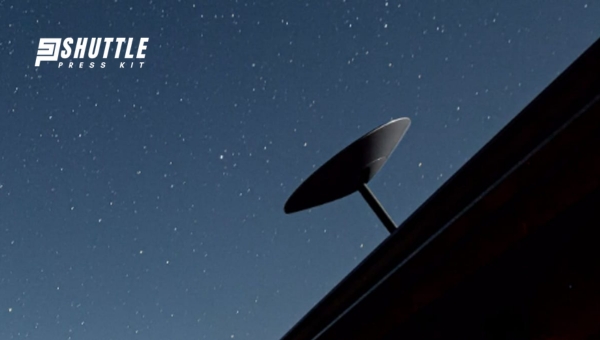
Serving both residential communities and mobile users in various regions, its coverage spans numerous countries where traditional broadband services are either unavailable or unreliable. Here’s an overview of the countries where Starlink is operational:
- Developed Markets: Including but not limited to the United States, Canada, United Kingdom, Germany, New Zealand, and Australia. In these regions, Starlink provides an alternative for those seeking faster internet speeds or live in rural areas with limited options.
- Emerging Markets: Notably Brazil, Chile, Colombia in South America; Nigeria and Kenya in Africa; which benefit from improved connectivity to bolster economic growth and communications.
- European Nations: Coverage extends throughout many EU countries such as France, Italy, Spain Poland among others—enhancing rural access and complementing existing infrastructure.
- Asia-Pacific Regions: Including Japan offering competitive options for remote areas primarily served by terrestrial broadband solutions.
This broad footprint underscores Starlink’s mission to bridge the global digital divide by providing underserved locations with reliable internet access. As the deployment of more satellites continues, expect this list to grow further.
FAQs
Is Starlink available in your area?
You can check Starlink’s availability in your area by visiting their website and entering your address.
Can I use Starlink anywhere?
While Starlink aims for widespread coverage, it’s currently limited to certain regions, so check the latest service map for availability.
How often does satellite-based internet experience downtime?
Satellite-based internet like Starlink may experience occasional downtime due to severe weather or technical adjustments but is generally reliable.
What are the speeds I can expect with Starlink internet service?
Users typically see download speeds ranging from 50 to 150 Mbps, but this can vary based on location and network traffic.
Can bad weather affect my Starlink internet connection?
Yes, severe weather conditions such as heavy rain, snow, or storms could impact the quality of your satellite internet connection temporarily.
Conclusion
In wrapping up, whether ‘StarLink’ is in your area is crucial before considering a switch. This innovative internet service offers quick setup and potentially fast speeds, even in remote locations where traditional broadband can’t reach. It bears noting the costs, which might be higher, and the possibility of signal interruptions from bad weather or other factors.
Customer feedback suggests satisfaction with speed and reliability, but some have concerns over latency for gaming and video calls. Weigh these factors against your current internet service’s performance and cost.
Ultimately, only a personal evaluation of your needs against what ‘StarLink’ provides will determine if this leap to satellite internet is right for you.
